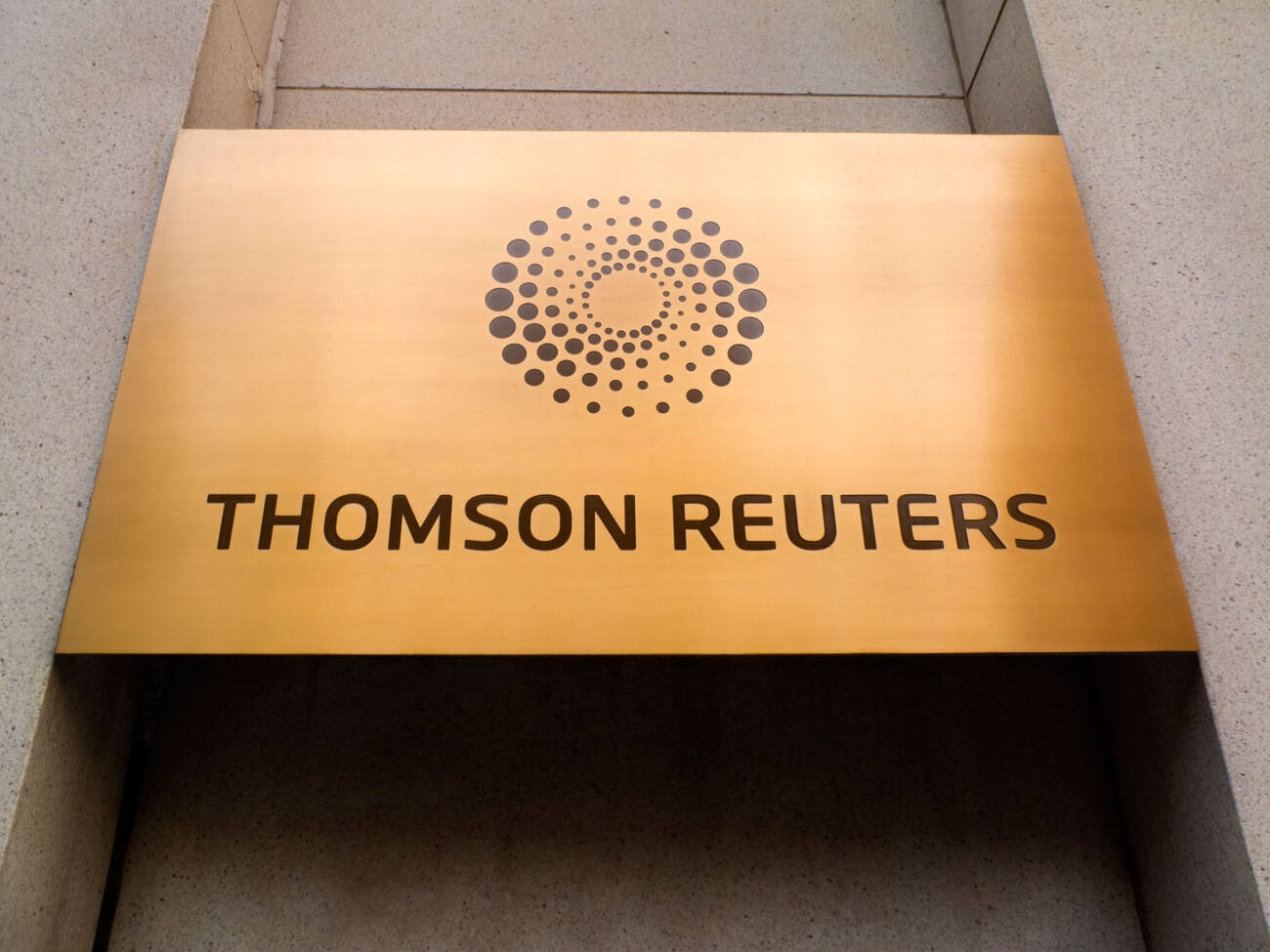The Information Technology service industry is changing, but that probably
is not a big surprise. Technology consultants (or geeks as they are affectionately
referred to) have historically been compensated by the hour. However, that is
all beginning to change. Technology consulting providers are becoming MSPs or
Managed Service Providers. What this means is that your technology infrastructure
is monitored and managed in such a way that your technology investments shift
from administrative tasks to strategic investments. Most firms spend about 70
percent on system maintenance and only about 30 percent on new technology. This
accounts for the popularity of ASP (Application Service Provider) arrangements
like Thomson Tax and Accounting’s Virtual Office CS. Most practitioners
like the idea of having their own technology infrastructure for the control
benefits, but they hate the management hassles and costs that go along with
it.
New Acronyms: SaaS & HaaS
If you haven’t already, you should probably familiarize yourself with
a couple of new acronyms: SaaS (Software as a Service) and HaaS (Hardware as
a Service). Wikipedia defines SaaS as “a software application delivery
model where a software vendor develops a web-native software application and
hosts and operates (either independently or through a third-party) the application
for use by its customers over the Internet. Customers pay not for owning the
software itself but for using it.” That sounds a lot like Citrix application
servers to me. Microsoft is also entering the SaaS fray with its recent acquisition
of Softricity. An example of this is the familiar Microsoft Office suite that
now has a beta going on the Windows Live site at http://ideas.live.com along
with other hosted applications. We’ve been used to this for years with
e-mail (ala hotmail, gmail, etc.), but now the idea is moving toward more and
more of the applications we use every day. Another example is Exchange hosting,
where the end user gets all the benefits of an Exchange server for a reasonably
inexpensive monthly fee.
HaaS is a much newer concept, although, like SaaS, it is designed to provide
the infrastructure devices (server and desktop computers) for a monthly fee.
Imagine paying $99 per month (for example) for a desktop machine to include
the hardware, software and maintenance for say a 36-month term. In this model,
the technology infrastructure of the firm becomes more like the power or garbage
bills — a utility. Firms don’t have to worry about when or if they
need to replace hardware or software, and they don’t have to worry about
when to apply operating system patches, spam and anti-virus updates, etc.
It’s Not An Entirely New Concept
By now, I’m sure you’re wondering what planet this columnist was
beamed from, but consider those multi-function devices that sit in almost every
firm. These are critical to supporting the business or producing the product
that comes from professional public accounting firms. And yet most firms are
paying for these machines by the copy. Isn’t that the same idea?
I just recently returned from the CompTIA Breakaway Conference where top IT
consulting firms and vendors gather annually to exchange ideas and information.
The majority of the vendors represented at the conference were providing a tool
that facilitated the IT consulting firms to provide a level of managed services
to their customers.
Consider another event that serves as evidence that this trend is not just
coming but, to some degree, is already here:
Amazon offers storage online — $0.15 per gigabyte of storage used per
month, plus $0.20 per gigabyte of data transferred. Amazon is referring to this
service as Amazon S3. To you financial savvy accountants, HaaS may look like
leasing by any other name. It is, in fact, a form of leasing. But rather than
the end customer doing the leasing, the technology provider manages the lease
for the customer. In this way, the customer is still responsible for the terms
of the lease, but the technology provider can then manage and, more importantly,
upgrade hardware over the term of the agreement.
A Win-Win Solution
This is a win-win for both the technology provider and the firm because, for
the provider, providing maintenance services on hardware provided by the firm
alters their relationship with that hardware. In this case, when an older piece
of equipment stopped functioning or was being retired, it was cause for celebration
because it meant that the firm would soon be reordering systems from the technology
provider, and providing maintenance services for an outmoded piece of hardware
typically means higher support costs that adversely affect the provider’s
bottom line. So if the technology provider is responsible to make sure the firm
has the latest and greatest hardware, they can also keep service calls to an
absolute minimum. Additionally, the provider gets more clout with hardware vendors
since they are now the decision-maker for hardware purchases.
Cultural Issues
What’s going to make this whole idea difficult to accept by many firms
is not the technology or even the terms of the agreement, but the cultural bias
of the firm. Most firms are conditioned to think about acquiring technology
as a capital expense, which lets them expense it over an extended period of
time as they depreciate the value of the hardware. In this new model, everything
is an operating expense. Culturally, firms may believe they are missing out
on a tax benefit. I wonder if the IRS will have to think about regulations for
these types of arrangements. I’m guessing that over time the cultural
issues will eventually go away as more and more firms accept this type of agreement.
And as virtualization technologies continue to isolate software from the underlying
hardware, firms will be much more inclined to upgrade more regularly because
hardware upgrades no longer will be associated with cataclysmic events.
You Heard It Here First
Are you ready for utility computing? Well, I hope you can say you heard it here
first, and don’t be surprised when your technology consultant suggests
such a plan.
Thanks for reading CPA Practice Advisor!
Subscribe Already registered? Log In
Need more information? Read the FAQs
Tags: Technology



